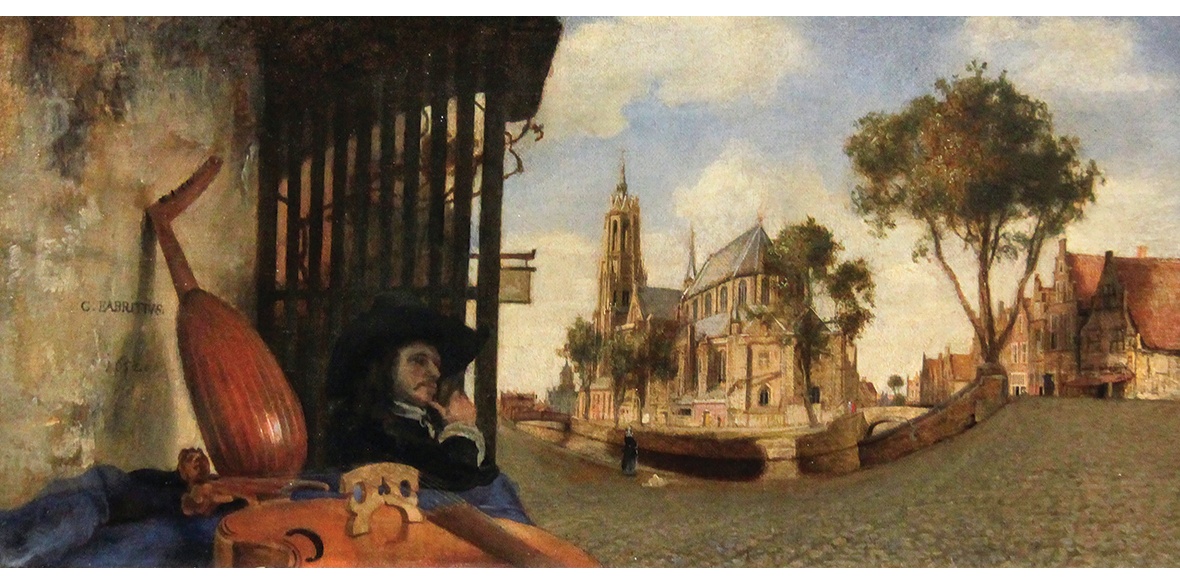This is the last article you can read this month
You can read more article this month
You can read more articles this month
Sorry your limit is up for this month
Reset on:
Please help support the Morning Star by subscribing here
Thunderclap: A memoir of Art and Life and Sudden Death
by Laura Cummings
Chatto and Windus £12.99

THE thunderclap of the title was a gunpowder explosion on October 12 1654, which devastated the city of Delft killing over a hundred and leaving thousands injured. Among the dead was Carel Fabritius, Rembrandt van Rijn’s most promising apprentice.
Fabritius holds a special fascination for Laura Cummings as does his View of Delft, with a Musical Instrument Seller’s Stall, painted two years before his death (at the National Gallery, London): “for pictures can shore you up, remind you of who you are and what you stand for.”
Cummings, the insightful art critic of the Guardian, employs anecdote, fascinating historical detail and personal memories to weave a superb narrative, one that becomes a spellbinding vademecum to Dutch art of the time, its social and political context, and a plethora of actors across the ages including Rembrandt and the French socialist art critic and revolutionary Theophile Thore-Burger who revived Vermeer and catalogued Fabritius among many others.
Vermeer’s hypnotic View of Delft, painted about six years after the thunderclap, depicts the unaffected side of town. It bewitched Marcel Proust who believed it to be “the most beautiful painting in the world.”

When Sir Joshua Reynolds, president of the Royal Academy, visited Holland at the time he found its paintings too plebeian for his “refined” intellect: “It is to the eye only that the works of this school are addressed,” he whinged.
Lesser known is perhaps the abominable fact that he would strip back paint from old masters he owned to find out their secrets. Astonishingly, he removed paint from Rembrandt’s Susanna and the Elders while, at the same time, also adding some.
British diplomat William Temple, obviously an astute observer of culinary tradition, blamed the Dutch diet for their art which like the cuisine was: “unambitious... generally depicting a base subject.”
The elegantly written Thunderclap is a discreet elegy for Cummings’s painter father who stimulated in her not just an interest in Dutch art but encouraged an immersive, emotive association with it. An art that is “so familiar and yet so unfathomable,” she muses.
Frans Hals’s vibrant portraits, Jacob van Ruisadel’s mesmerising landscapes, Jan van Goyen’s watery expanses or the frozen worlds of Hendrick Avercamp are but a fragment of an unprecedented output estimated at 1,4 million paintings by circa 700 painters over those two decades of the mid-century Dutch Republic.
Among them was the tragic Fabritius dying for hours in the rubble of Delft just short of his biblical 33: “a shy man, a magnificent painter — a great paradox: how to depict oneself without showing off?”
Thunderclap is a delightful and edifying read of wonderment and discovery. Doctor Nicolaes Tulp’s* hat off to Cummings.
* See Rembrandt’s The Anatomy Lesson of Dr Nicolaes Tulp.










